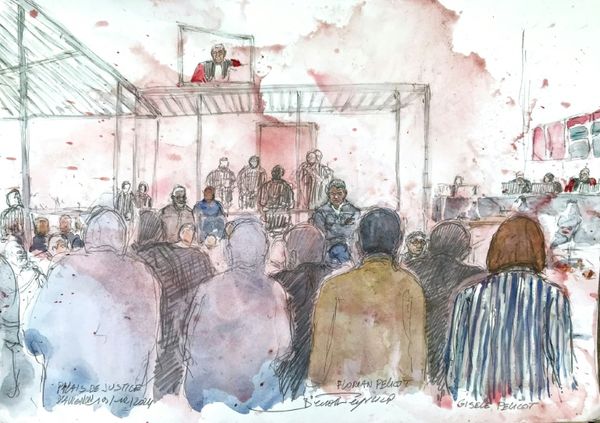
Paris (AFP) - Rafael Nadal has been playing in considerable pain for at least year with Mueller-Weiss Syndrome, a rare degenerative condition affecting bones in the feet.
As he has throughout the French Open, Nadal, who turned 36 on Friday, had to contend with the condition in his semi-final against Alexander Zverev when the Spaniard was aiming to reach his 14th final at Roland Garros.
This syndrome affects the navicular bone on the back of the foot, between the talus and cuneiform bones.
"This bone is subject to significant stresses and, for reasons that we don't understand, loses its vascularization and necrosis takes place," said Professor Didier Mainard, the president of the French association of foot surgery and head of orthopaedic surgery at Nancy Hospital in northeast France.
A lack of vascularization means the bone loses its blood supply.
In the most serious cases and "in people who put a lot of strain on their feet, the bone will disintegrate, flatten, it can fragment and this can evolve into osteoarthritis with a shortening of the plantar arch," the professor explained.
Mueller-Weiss syndrome can affect only one foot but more often both.
Nadal has it in just one foot, the left.
Women are more susceptible than men, and it normally affects people aged between 40 and 60, although the causes are unknown.
"In the two authors who initially described it, Mueller thought it was more of a traumatic origin, Weiss more of a vascular one.For the time being, we consider that the origin is more of a vascular one," Mainard said.
Certain factors can increase the risk of the condition developing, such as being overweight, having flat feet or a stress fracture.
The condition is often difficult to diagnose, as it develops without pain in the early stages.The pain usually appears later.
In addition to rest, orthopaedic insoles can reduce stress.
If the sufferer experiences pain, then anti-inflammatory treatments and infiltrations are used -- which is the case for Nadal, who has admitted he has to take anti-inflammatories "on a daily basis" to even be able to train.
When patients reach the stage when the pain can no longer be relieved, surgery may be prescribed to hold in place the joint formed by the navicular bone and the three cuneiform bones.
"In cases where the navicular bone has disintegrated, a bone graft is also needed to restore the length of the internal arch of the foot," Mainard said.
And his verdict of Nadal's chances of getting back to the top if he had to have an operation of that sort?
"Doing sport at a high level after such an operation seems difficult to me," he said.







